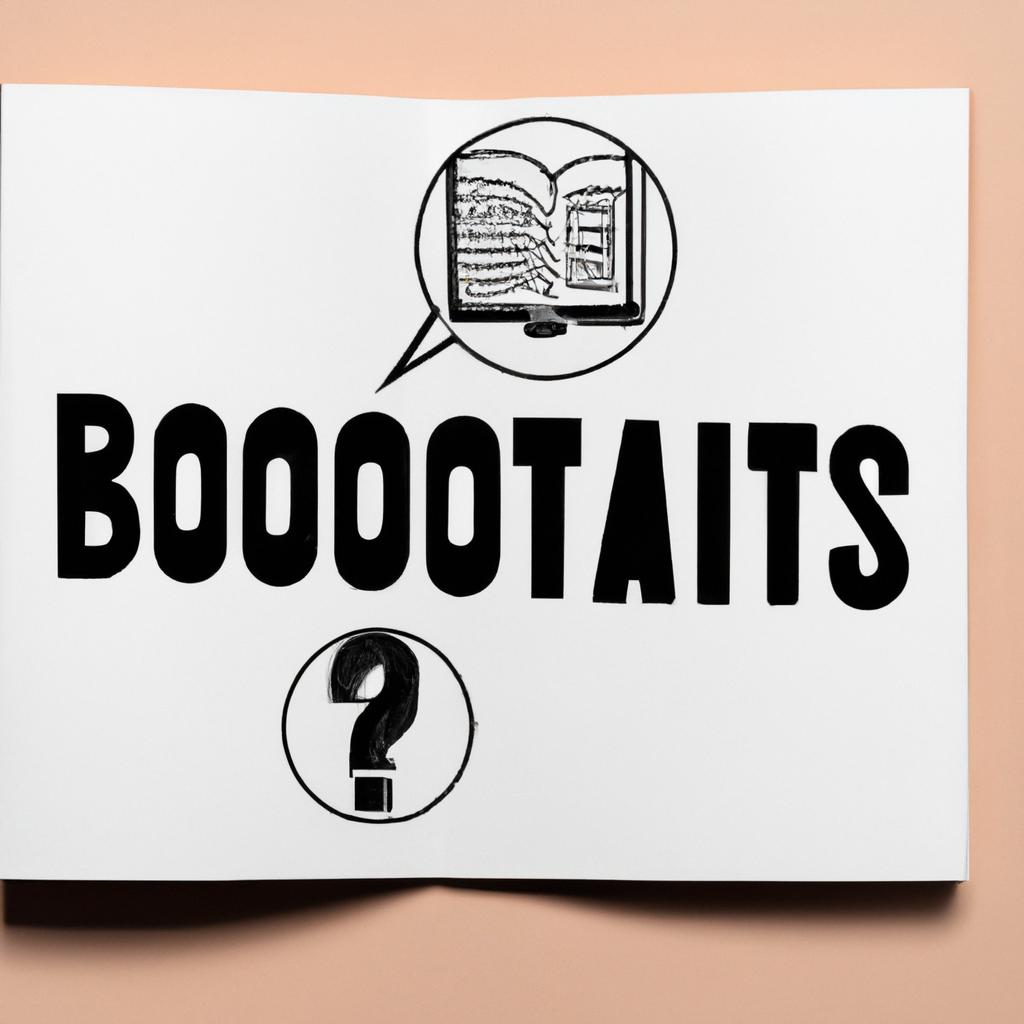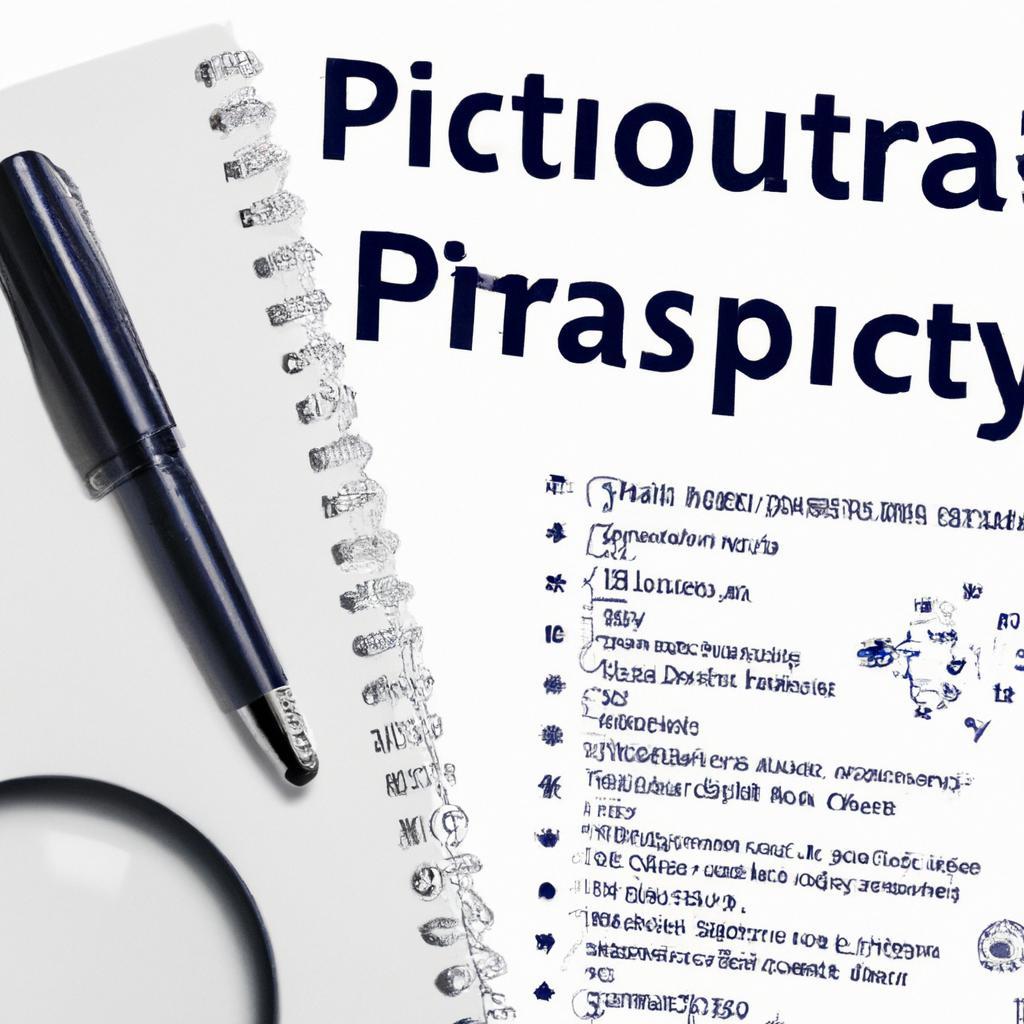In an era where our lives oscillate between the realms of the digital and the personal, the advent of electronic diaries has ushered in a new frontier of self-reflection and organization. Once confined to paper-bound pages that captured fleeting thoughts and daily musings, diaries have evolved into sophisticated digital tools that offer not only a space for introspection but also a plethora of features designed to enhance user experience. Yet, with this evolution comes a pressing question about privacy: how secure are our digital reflections, and what measures can we take to protect them? In this article, we delve into the intricacies of electronic diaries, examining their unique features, the privacy tools they offer, and the implications for personal security in an interconnected world. Join us as we navigate this digital landscape, unveiling the opportunities and challenges presented by our modern-day confidants.
Unveiling the Layers of Electronic Diaries for Enhanced Privacy
The evolution of electronic diaries has ushered in a new era of personal reflection, yet the intricacies of privacy within these digital platforms demand careful examination. **Key features** that enhance privacy include:
- End-to-End Encryption: Ensures that only you have access to your thoughts
- Two-Factor Authentication: Adds an extra layer of security to your entries
- Local Storage Options: Keeps your data on your device, away from prying eyes
- Data Anonymization: Protects your identity while utilizing cloud features
Additionally, these tools often provide customizable settings, allowing users to control who can view or access their diary entries. An analysis of popular electronic diaries unveils a variety of privacy offerings.
| Diary App | Encryption | Local Backup | Two-Factor Auth |
|---|---|---|---|
| Day One | Yes | Yes | No |
| Penzu | Yes | No | Yes |
| Journey | Yes | Yes | Yes |
These features not only protect users’ thoughts but also cultivate a secure environment for self-expression, highlighting the importance of choosing the right tool in the landscape of digital diaries.

Essential Features That Boost Security in Digital Journaling
When it comes to enhancing privacy and security in digital journaling, several essential features stand out that can significantly safeguard users’ personal information. **End-to-end encryption** ensures that only the author can access their entries, making it nearly impossible for unauthorized parties to intercept or read sensitive content. Furthermore, **two-factor authentication** provides an additional layer of security by requiring not only a password but also a second verification method, such as a text message or authentication app. Another important feature is the **auto-lock function**, which secures access after a specified period of inactivity, protecting entries from prying eyes. Users should also consider journals that offer **local storage options** rather than solely relying on cloud solutions, minimizing the risk of online breaches. Additionally, the ability to **export entries** into secure formats empowers users to maintain control over their data, ensuring it is always accessible while minimizing exposure. Below is a concise comparison of these features:
| Feature | Benefit |
|---|---|
| End-to-end encryption | Protects data from unauthorized access |
| Two-factor authentication | Enhances login security |
| Auto-lock function | Secures app from unauthorized viewing |
| Local storage options | Reduces exposure to online breaches |
| Export capabilities | Gives users control over their data |
The Conclusion
In a world where digital footprints often tell more about us than we might like, electronic diaries have stepped into the spotlight as powerful allies in the quest for personal security. As we’ve explored the multifaceted tools and features these digital companions offer, it becomes evident that they are more than just repositories for our thoughts. They are vaults of privacy, equipped with encryption, password protection, and cloud storage—each designed to safeguard our innermost reflections from prying eyes.
Yet, with such advanced technology comes a responsibility to remain vigilant. The impact of electronic diaries on our personal security is profound; they invite us to reconsider what we share, with whom, and how we can fortify our digital lives against emerging threats. As users, we are tasked with striking a balance between embracing this innovative way to document our journeys and exercising the caution necessary to protect our most personal data.
As we close this exploration, let us remember that the true value of an electronic diary lies not only in its features but also in our conscious choices about privacy and protection. In an ever-evolving digital landscape, may we continue to innovate responsibly, ensuring that our thoughts remain our own in a world that is increasingly interconnected. The journey of self-expression and personal security has only just begun, and as technology advances, so too must our commitment to safeguarding our privacy.


